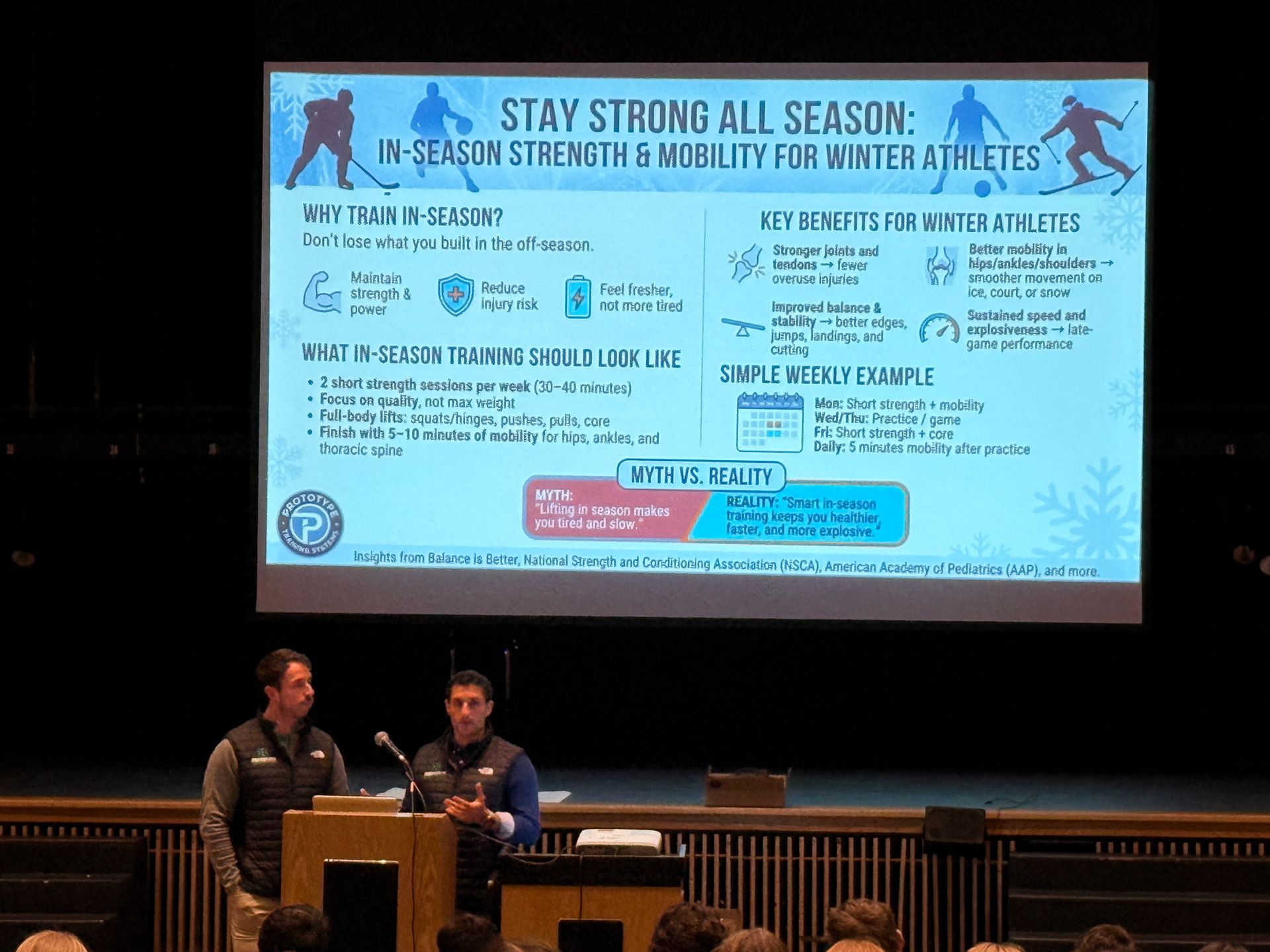What does community mean to you?
The word Community gets thrown around a lot to describe a group of people. But what does it actually mean?
By: Mike Collette

At Prototype, we often refer to the people who make up our membership at Prototype as our community. A collective group of diverse, like-minded individuals, with shared interests to better their lives.
But when you look up the word “community”, it is defined as “ a group of people living in the same place or having a particular characteristic in common.”
The second definition is “ a group of people living together in one place, especially one practicing common ownership.”
Below are all the definitions you will find for the word community.

The majority of these definitions describe a community being based on location, which we don’t necessarily always get to choose. Even the definition that talks about “sharing common attitudes” is still vague as to what a community is. Furthermore, the use of the word “community” has continued to grow in popularity to describe a group of people despite it not clearly being defined.

So what does a real community mean and stand for?
Well, I might not have the new definition for you, but I believe that in order to define a community you have to have a few things.
- Relationship Driven
Relationships are at the core of every community. Our vision at Prototype is to create the greatest relationship business ever. Great relationships are driven by care, empathy, and a desire to help others without expecting anything in return. This creates trust and trust is an incredibly powerful thing that can bond people together for a long time.
- Something tangible=people
In my opinion, a community has to be made up of something tangible. That tangible thing for all communities is all of us, human beings! Like is there really a Teddy Bear community? There is a difference between community and brand loyalty or product loyalty. The community needs to be centered around the people.
- Common identity or goal
The people that make up the community have to have common interests, a shared identity, or similar goals. These are what binds people together and are the catalysts to creating amazing relationships. You don’t have to be from the same place or be identical to someone else, but a shared identity (Like being a CrossFitter as an example) can be a strong relationship starter.
So how would you define the community here at Prototype?
What makes the Prototype community what it is to you?
Let us know, we would love to hear from you!
The post What does community mean to you? appeared first on Prototype Training Systems.
Previous Blogs


Climb to New Heights
Prototype Training Systems is more than a gym - it is a lifestyle. Join us today!


